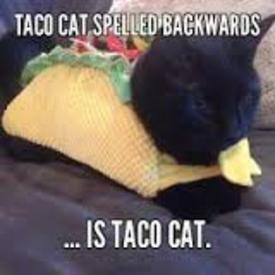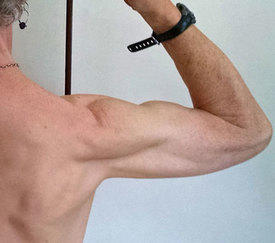Kale

rpugash
Posts: 1 Member
Trying to figure out nutritional content of kale. Searched it on MFP, looked only at entries with a green check mark, and the numbers are all over the place! How can a cup of kale that has nothing added be anywhere from 9 to 49 calories?


0
Answers
-
Wbhen I run into an issue like this, I look it up on the USDA - https://fdc.nal.usda.gov/ and then find an entry that matches that info.0
-
There's a lot more kale in a cup of steamed kale than in a cup of raw kale. That stuff wilts and shrinks down. That last entry is ambiguous. Is it raw? Is it cooked? We don't know.
Are those numbers right? Dunno, but that they're different in the directions they are kind of makes sense to me.
I'd give you a strong bet that that "best match" one is the version from the USDA that was put in MFP when MFP started up, and that the others may be entered by users, since the database is crowd sourced.
Here's how to tell: Click on that "best match" one. Does it have different TYPES of serving sizes, like volumes (such as the "1 cup") AND weights (such as 1 gram or 1 pound)? It's the USDA entry, and valid.
If you want to be as accurate as possible, weigh the food on a food scale, and use the weight serving sizes. Make sure to use a "raw" entry when it's raw, a cooked entry when it's cooked, ideally one that specifies the cooking method. For a lot of things, steaming or boiling adds water to the food, making it slightly less calorie dense per weight. Roasting or grilling makes quite a few foods more calorie dense per weight, because water is lost. Cups or other volume measures can work OK for liquids, but are iffy for things that can be packed tightly or loosely, may be chopped finely or coarsely, etc.
It probably doesn't matter lots for kale . . . that's just not very calorie dense in the first place. It can matter lots for more calorie dense foods, though, like meats, fats, etc.0
Categories
- All Categories
- 1.4M Health, Wellness and Goals
- 394.1K Introduce Yourself
- 43.9K Getting Started
- 260.4K Health and Weight Loss
- 176.1K Food and Nutrition
- 47.5K Recipes
- 232.6K Fitness and Exercise
- 437 Sleep, Mindfulness and Overall Wellness
- 6.5K Goal: Maintaining Weight
- 8.6K Goal: Gaining Weight and Body Building
- 153.1K Motivation and Support
- 8.1K Challenges
- 1.3K Debate Club
- 96.4K Chit-Chat
- 2.5K Fun and Games
- 3.9K MyFitnessPal Information
- 15 News and Announcements
- 1.2K Feature Suggestions and Ideas
- 2.7K MyFitnessPal Tech Support Questions

